Elon Musk’s vision board for Tesla’s future
Most of us don’t see the future like Elon Musk. Early in life, the Tesla CEO said he grew obsessed with electric cars, artificial intelligence, clean energy, and software. “I like to make technologies real that I think are important for the future and useful in some sort of way,” he told author Ashlee Vance in his book Elon Musk: Tesla, SpaceX, and the Quest for a Fantastic Future. Today, Musk has combined all four obsessions in his vision of Tesla (detailed in both his master plans). We’ve distilled what’s on Musk’s mind for Tesla’s future in a vision board we imagine only he could make.
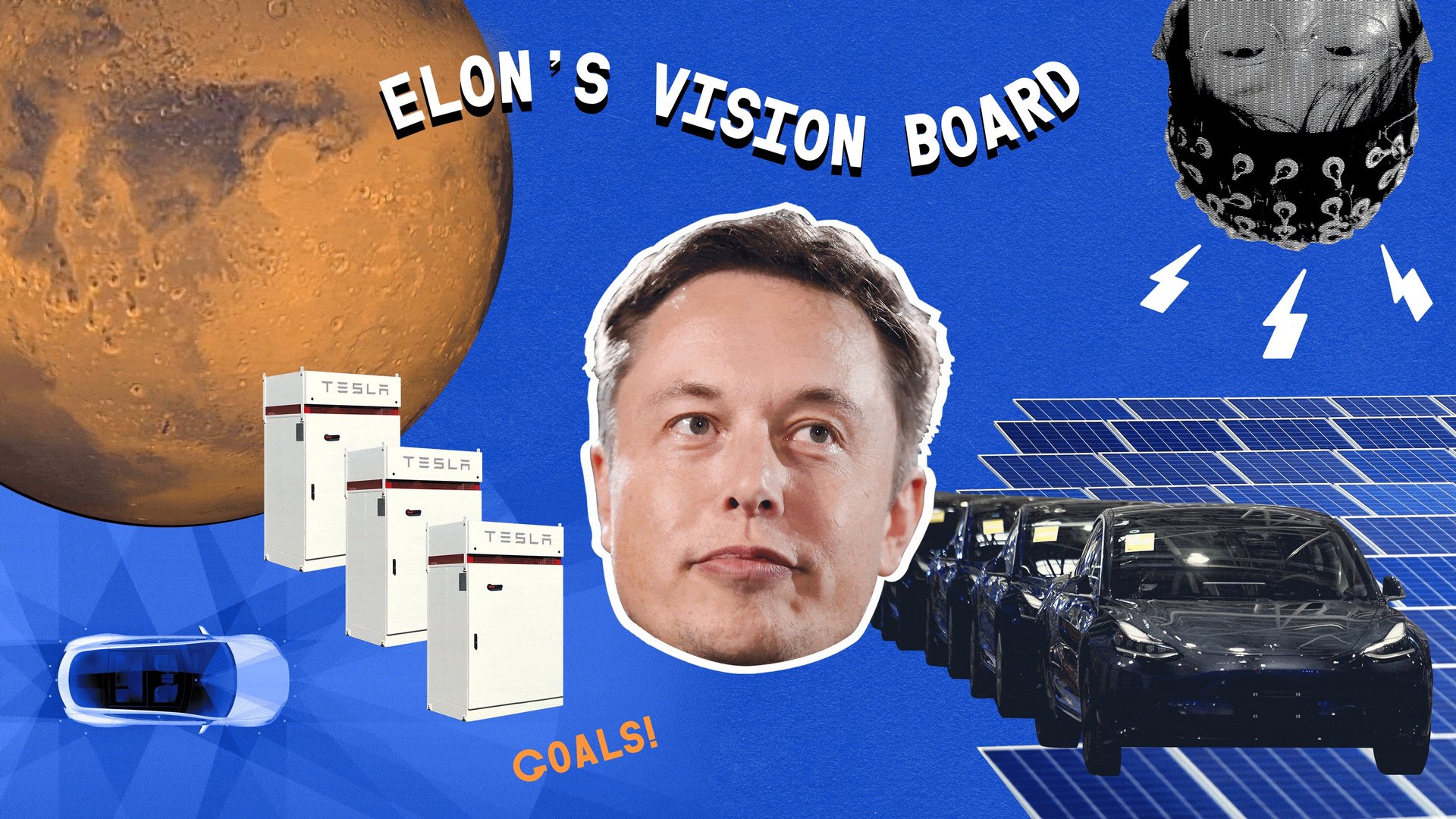

Most of us don’t see the future like Elon Musk. Early in life, the Tesla CEO said he grew obsessed with electric cars, artificial intelligence, clean energy, and software. “I like to make technologies real that I think are important for the future and useful in some sort of way,” he told author Ashlee Vance in his book Elon Musk: Tesla, SpaceX, and the Quest for a Fantastic Future. Today, Musk has combined all four obsessions in his vision of Tesla (detailed in both his master plans). We’ve distilled what’s on Musk’s mind for Tesla’s future in a vision board we imagine only he could make.
Let’s break down each element.
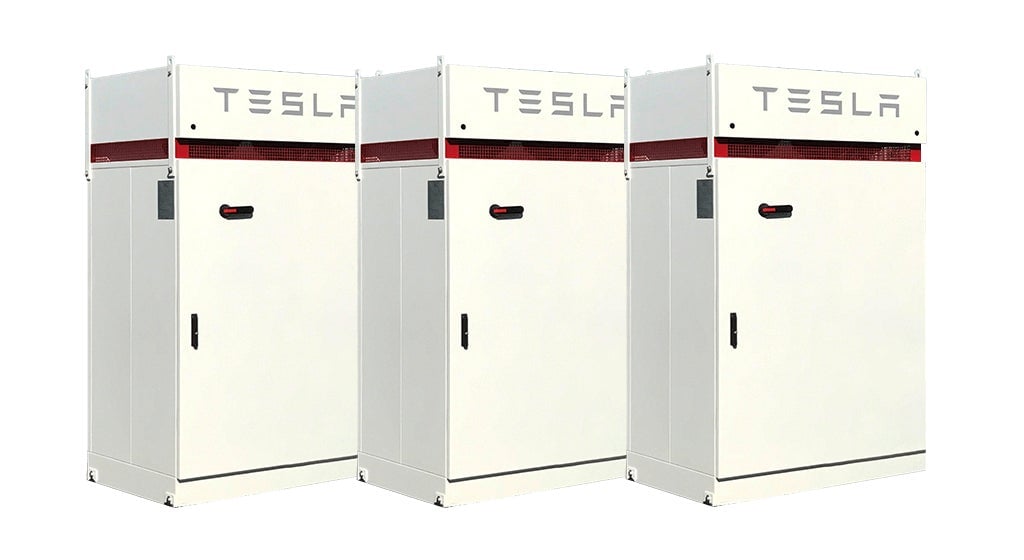
More and better batteries
Batteries, Musk knew early on, were going to be the key to the rise of electric vehicles (EVs). But he also knew the existing supply chain wouldn’t be enough to satisfy a global EV industry. To remedy that, Tesla built its first “Gigafactory” in the Nevada desert as a joint-venture with the battery manufacturer Panasonic.
Today, Tesla is designing its own “million-mile” batteries (employing a process and chemistry different than most existing EV batteries). Automakers have watched with alarm as Tesla has announced price targets far ahead of expectations of $100 per kilowatt-hour by 2025. “That’s completely not competitive,” says Nathan Niese, an automotive specialist at Boston Consulting Group, noting Tesla is promising $60 per kWh even earlier. Tesla may not hit that target, but even a near miss would give the company a massive advantage: Batteries remain the most expensive part of an electric vehicle, accounting for 21% of the total cost.
By 2030, Tesla says it will make more than 3 terawatt-hours of batteries annually, roughly three times more than the entire expected global manufacturing capacity of 1.3 terawatt-hours (TWh), according to energy research firm Wood Mackenzie.
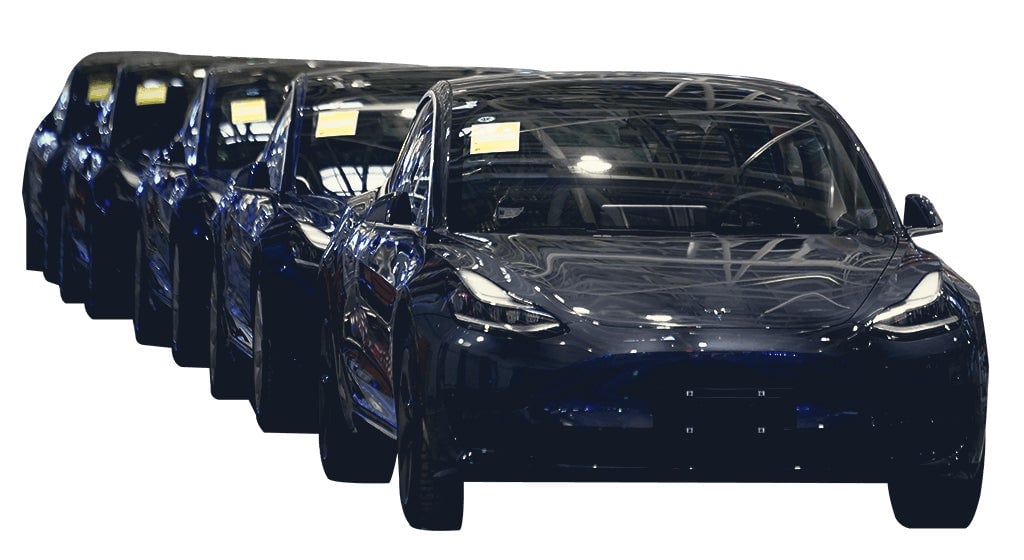
Perfecting the machine that builds the machine
Musk’s obsessive drive to perfect the factory has ended in tears once before. In his first quest to build a fully automated “alien dreadnought” factory, Tesla nearly went bankrupt building high-speed assembly robots. “We went too far in the automation front and automated some pretty silly things,” said Musk in 2018, including a “fluff bot” charged with picking up fiberglass insulation mats and installing them in the battery packs. “Yes, excessive automation at Tesla was a mistake,” Musk admitted in a follow-up tweet. “To be precise, my mistake. Humans are underrated.”
Those days are behind it. The company is now planning to erect its seventh factory, having set up facilities from California to Shanghai. Musk is pursuing two strategies simultaneously: making constant, incremental improvements to manufacturing lines, while reinventing the age-old process of “bending metal,” as industry veterans refer to the heavy-duty work of auto manufacturing.
There’s no better indication of Tesla’s plans than its 2019 patent for a “Giga press.” Tesla’s patent shows a machine to die-cast most of the automobile underbody as a single piece of metal, a “radical change to the traditional automobile production process,” JPMorgan wrote in a February investor note. Tesla is installing a version of its press in its Fremont factory that can replace dozens of pieces of welded metal into a single rear body component, dramatically lowering production costs.
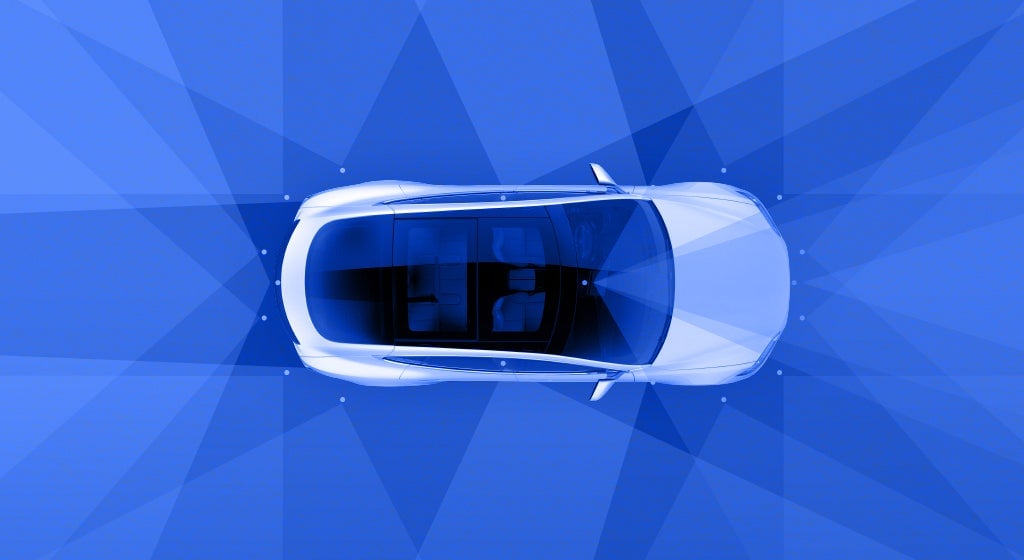
Robotaxi, drive me home
Musk sees Tesla’s destiny as the world’s largest builder of self-driving EVs. Although the self-driving software behind Tesla’s onboard navigation system, Autopilot, has steadily improved over the years, it’s been a rocky (and sometimes deadly) road. And it’s far behind schedule. By 2017, Musk had promised any of Tesla’s Autopilot-equipped cars would be able to drive across the country without a human taking the wheel. That still seems unlikely (and far beyond what regulators have been willing to sanction).
But experts say it is just a matter of time before autonomous vehicles become the norm. Capabilities are improving each year. Today, Tesla’s vehicles can “guide” drivers from a highway’s on-ramp to off-ramp, change lanes, park, and stop at traffic lights. Once the technology is perfected, the market for automobiles will likely become the market for mobility: shared fleets of self-driving vehicles that shuttle us around at the touch of an app. At that point, Musk argues, Tesla owners could make enough money lending out their cars as robotaxis “to the point where almost anyone could own a Tesla.”
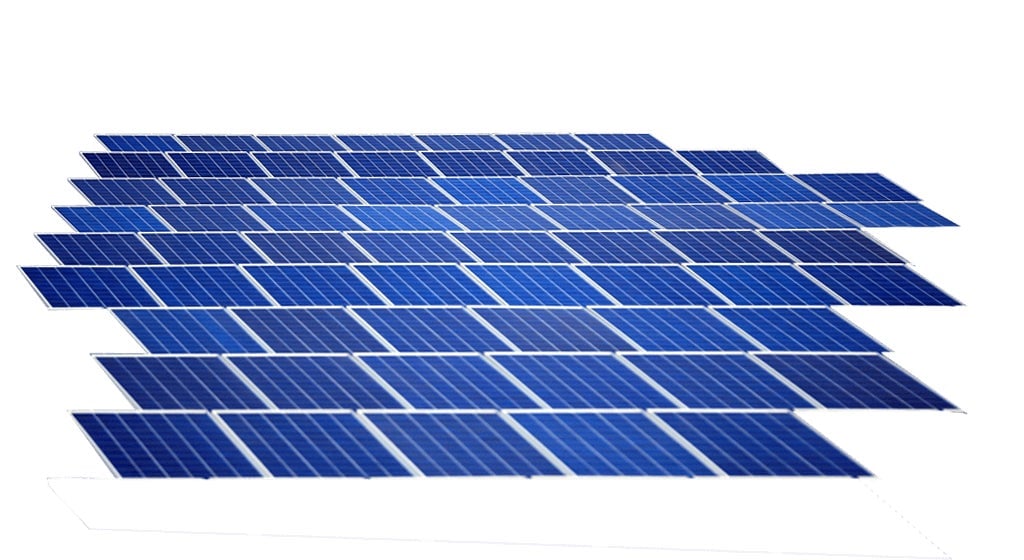
Juice up the grid
Musk’s vision was always to electrify everything with lots of cheap solar power, and store it in batteries in Tesla’s vehicles, as well as buildings and the existing electric grid. Musk is realizing that vision by building out Tesla’s energy storage business (up 83% in 2020), and designing and manufacturing solar panels, particularly solar-panel roof tiles for homes (a product line now years behind schedule). Once utilities begin integrating EVs into the grid as dynamic batteries—software allows the batteries to supply electricity back to the grid during peak periods—Tesla can become an end-to-end solution for generating, storing, and distributing clean solar power around the world.

Connect the ultimate software: the brain
Musk’s startup Neuralink has created a circular device embedded with computer chips that sits atop the brain to connect it wirelessly with a computer. Musk believes it will eventually help solve everything from memory loss to addiction to paralysis. But that’s nowhere near happening yet; MIT Technology Review calls the effort “neuroscience theater.” None of what Neuralink has demonstrated so far is a surprise to researchers who have been running similar experiments since the 1990s. But Neuralink’s true aim, Musk says, is a “general population device” that can enhance the human brain within the next decade or so. This, Musk suggests, may help us stay ahead of artificial intelligence, something Musk has repeatedly called an existential threat to humanity.
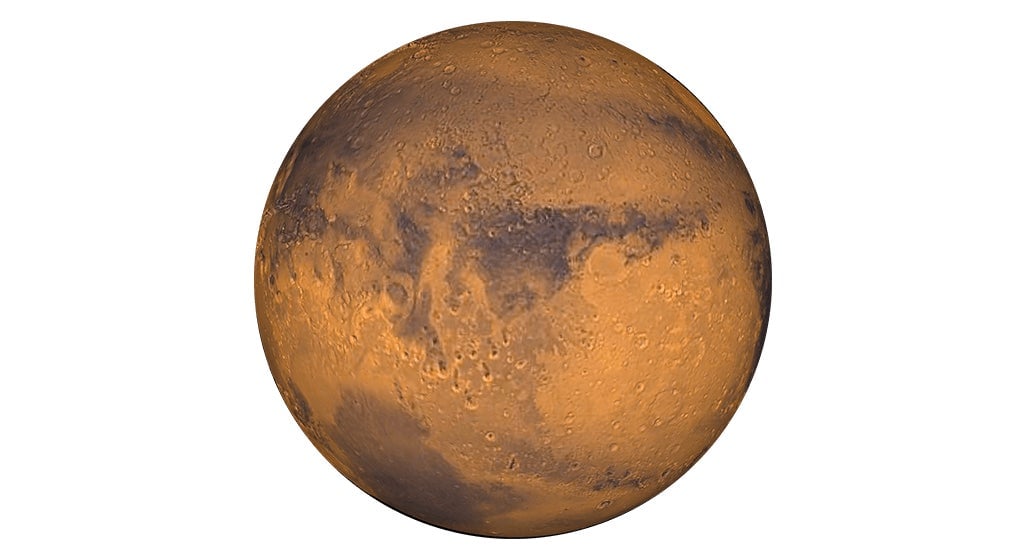
Retirement on the Red Planet
Musk has said he’s willing to book a one-way trip to Mars and spend his golden years there once he’s finished with his business here on Earth. “It would be a good place to retire,” the SpaceX CEO said in 2010. There are a few steps between now and then, however. At the moment, his space exploration company is still refining more powerful rockets to leave Earth’s orbit and carry humans to Mars. Musk has predicted that we’ll land humans on the Red Planet by 2028 or so, and then follow up with a Mars colony ship carrying hundreds of people a few years later. After that? Terraforming Mars to become a green planet.